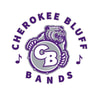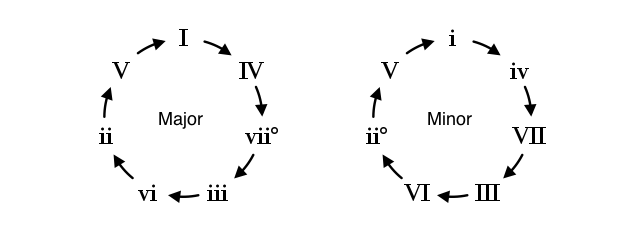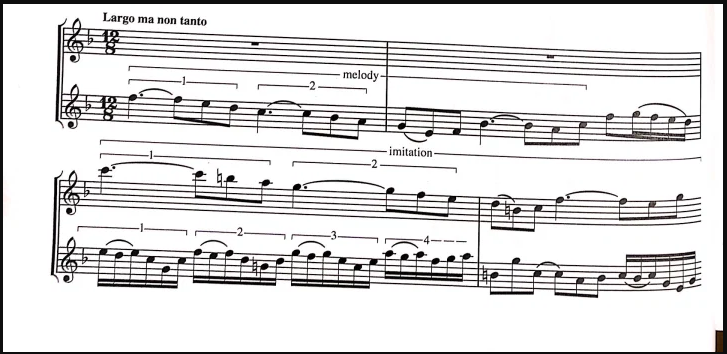Digital Learning Day: Wednesday, March 18
CHAPTER 7: HARMONIC PROGRESSION I
Listen to the video below and see if you can write out the bass line.
Circle of Fifths Progression is the movement of chords where the root (not necessarily the bass) of each chord is a diatonic fifth above the next chord. This gives the felling of overlapping dominants to tonic. This is the strongest motion in tonal music. All of the fifths in a full circle progression are perfect except one. Which one is is it?
The progressions above are all perfect except for vii (which is diminished). If you plug in the key of C above (meaning C would be I), follow along the circle to discover that you have to change once you get the the vii degree.
|
This brings us to this short lesson:
|
Here are some examples of Circle of Fifths Progressions:
|
|
|
|
SEQUENCES
A Sequence is a pattern that is repeated immediately in the same voice but that begins on a different pitch. Occurs in one voice.
Notice there are two sequences above in the "Angels We Have Heard on High" example.
- There is a melodic sequence in the soprano voice with the rhythm (half note followed by four eighth notes) and pitches (all step wise up and then descending down before coming back up).
- There is a harmonic sequence in the chords: 1st chord is F moving to B-flat in 1st inversion (down a fifth) then G moving to C (down a fifth) etc.
Tonal Sequence will keep the pattern in a sing key (no accidentals).
Real Sequence will use accidentals to transpose the pattern (also known as a modulating sequence)
Look at the example below - notice that the first two measures are an example of a real sequence (maintains the same intervals) and the last two measures are a tonal sequence (even though it is using accidentals) as the intervals are slightly changed in the last four notes.
Real Sequence will use accidentals to transpose the pattern (also known as a modulating sequence)
Look at the example below - notice that the first two measures are an example of a real sequence (maintains the same intervals) and the last two measures are a tonal sequence (even though it is using accidentals) as the intervals are slightly changed in the last four notes.
IMITATION
An Imitation occurs between two or more voices. A repetition of melodic material in a second voice.
This is the example that we used in class. Notice that the 1st violin (top line) enters in the 3rd measure and it "imitates" what was done in the first two measures by the 2nd violin (bottom line).
Also, notice in the third complete measure that there is a sequence happening in the 2nd violin (bottom line) that is repeated four times.
Take a listen to this Bach piece that utilizes both sequences and imitations.
Also, notice in the third complete measure that there is a sequence happening in the 2nd violin (bottom line) that is repeated four times.
Take a listen to this Bach piece that utilizes both sequences and imitations.
After reviewing the lesson above thoroughly, please take the Quiz linked below:




